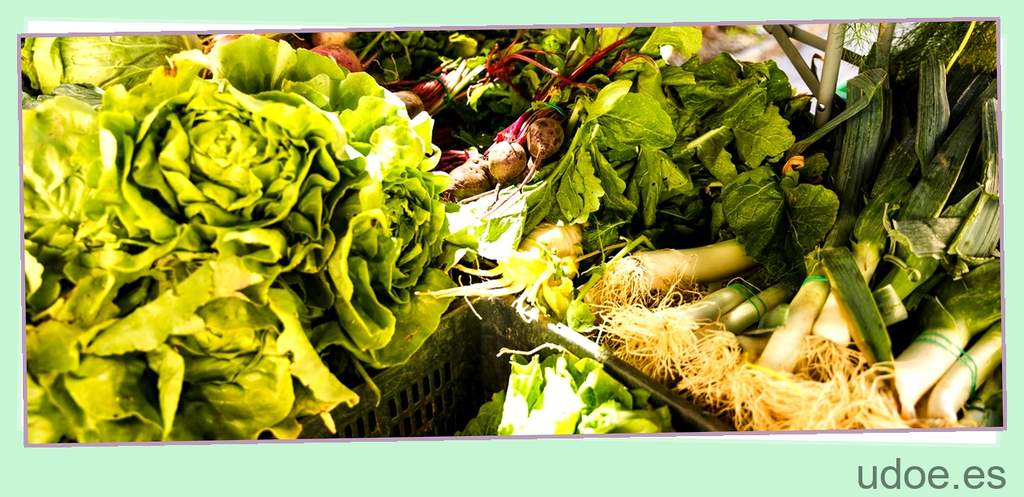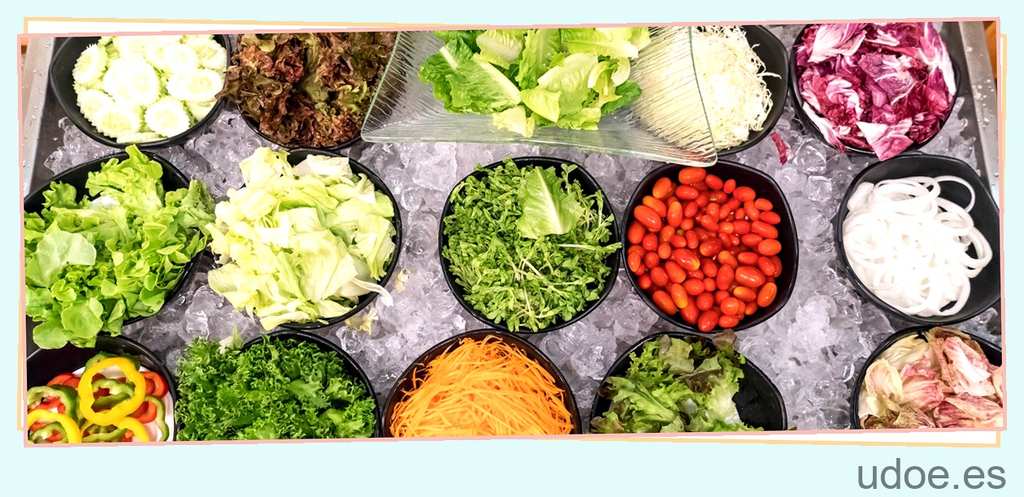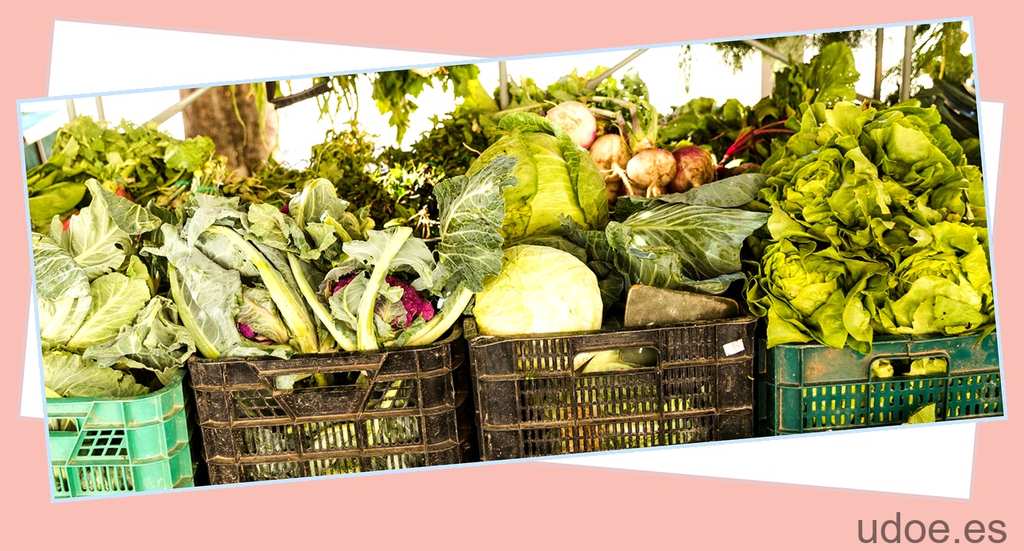Countable nouns are a type of noun that we can count. They have both singular and plural forms, and we can easily determine the quantity of these nouns. Fruits and vegetables are examples of countable nouns. We can count the number of fruits or vegetables we have using numbers. It is important to note that countable and uncountable nouns are also known as count nouns.
Let’s take a closer look at fruits and vegetables as countable nouns:
1. Fruits:
- Apple
- Banana
- Orange
- Strawberry
- Grapes
2. Vegetables:
- Carrot
- Tomato
- Broccoli
- Cabbage
- Pepper
When we count fruits or vegetables, we can use the singular form for one fruit or vegetable, and the plural form for more than one. For example, we can say «I have one apple» or «I have three apples». This flexibility in counting makes fruits and vegetables ideal countable nouns.
In addition to counting fruits and vegetables, we can also use countable nouns to express quantities. For example, we can say «I ate a few strawberries» or «She bought several carrots». This allows us to describe the amount of fruits or vegetables without specifying an exact number.
Overall, fruits and vegetables are countable nouns that can be easily counted and quantified. They provide us with a variety of options to express the quantity or amount we have or consume.
Is vegetable singular or plural?
The word «vegetable» can be both singular and plural, depending on the context. In its singular form, «vegetable» refers to a single plant or part of a plant that is typically consumed as food. For example, you might say, «I ate a delicious vegetable for dinner.» In this case, «vegetable» is being used to describe a specific item.
On the other hand, in its plural form, «vegetables» refers to multiple plants or parts of plants that are consumed as food. For example, you might say, «I need to buy some vegetables for the stir-fry.» In this case, «vegetables» is being used to describe a group or category of items.
It’s worth noting that some nouns never take the «s» of the plural form and are always singular, such as «baggage» and «luggage.» However, «vegetables» is not one of these exceptions. The plural form of «vegetable» is indeed «vegetables.»

Which vegetables are countable?
Las verduras son una mezcla. Algunas verduras son incontables, lo que significa que no se pueden contar individualmente. Ejemplos de verduras incontables incluyen el brócoli, el apio, la lechuga y la espinaca. Estas verduras se compran y se consumen en cantidades generales, como un manojo de espinacas o una cabeza de lechuga. No se pueden decir «un brócoli» o «dos apios», ya que no se consideran objetos separados.
Por otro lado, algunas verduras son contables, lo que significa que se pueden contar individualmente. Ejemplos de verduras contables incluyen las zanahorias, los frijoles, los pepinos, los guisantes y las cebollas. Estas verduras se compran y se consumen en cantidades específicas y se pueden contar como «una zanahoria», «cinco guisantes» o «dos cebollas». Estas verduras se consideran objetos separados y se pueden contar fácilmente.

Why is vegetable countable but fruit uncountable?
La razón por la que «vegetable» es contable pero «fruit» es incontable puede estar relacionada con el origen histórico de las palabras. Según algunos estudiosos del inglés, se cree que la palabra «fruit» originalmente se entendía como «producto» en un sentido colectivo, por lo que «fruit» no se refería a una sola fruta como conocemos hoy en día, sino a lo que se había cultivado o producido, de ahí que sea incontable.
En términos generales, «fruit» es definitivamente un sustantivo incontable, por lo que es correcto decir «I love fruit» y no «I love fruits». Sin embargo, cuando se habla de un tipo particular de fruta, entonces la palabra se vuelve contable, como por ejemplo «This area is good for growing citrus fruits» (Esta área es buena para cultivar frutas cítricas).
Es importante tener en cuenta que esta distinción entre contable e incontable puede variar dependiendo del contexto y del uso. Algunas palabras pueden ser contables en un sentido y incontables en otro. Por ejemplo, «fruit» es incontable cuando se refiere al producto en general, pero puede ser contable cuando se habla de tipos específicos de frutas.

Are mixed vegetables countable or uncountable?
Mixed vegetables can be both countable and uncountable, depending on how they are referred to. In general, when we talk about a mixture of different types of vegetables, we usually use the uncountable form. For example, if you say «I bought some mixed vegetables for dinner», the word «mixed vegetables» is being used as an uncountable noun. In this case, it refers to a combination of different vegetables that are not being individually counted.
However, if we are referring to specific types of vegetables within the mixture, then we use the countable form. For example, if you say «I added two carrots and three peas to the mixed vegetables», the words «carrots» and «peas» are being used as countable nouns. In this case, you are specifying the quantity of each type of vegetable within the mixture.
So, in summary, mixed vegetables can be both countable and uncountable. When referring to the mixture as a whole, it is uncountable. But when specifying the quantity or types of vegetables within the mixture, they are countable.
Countable vs. Uncountable FOOD in English | Food and Drinks Vocabulary







